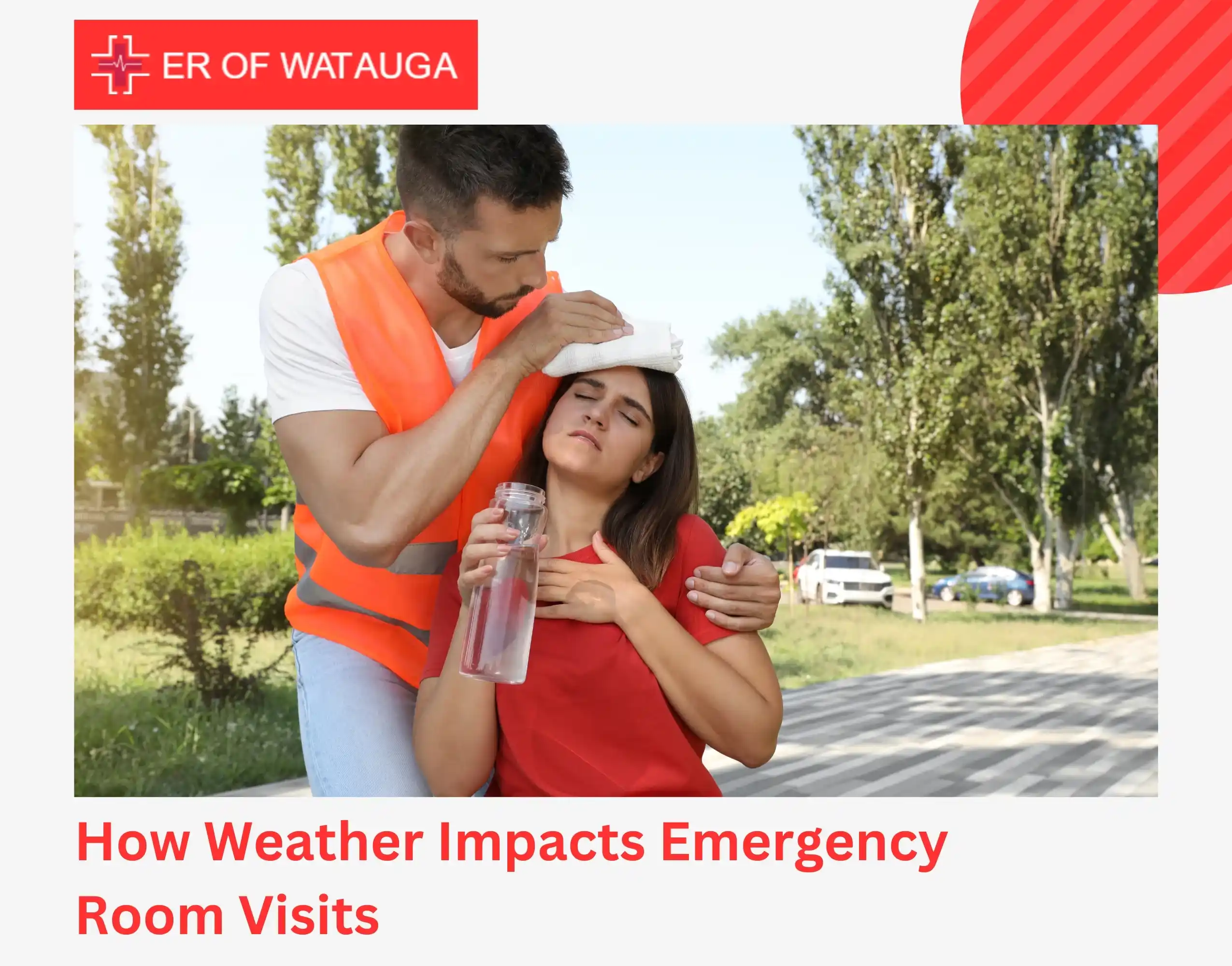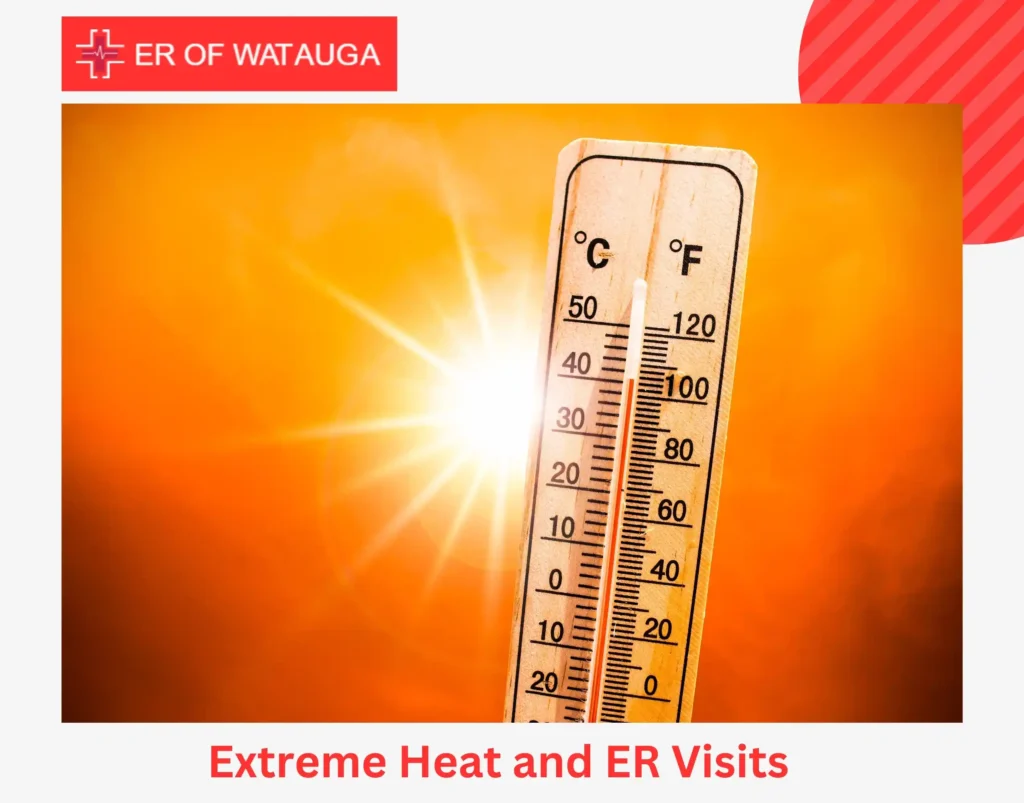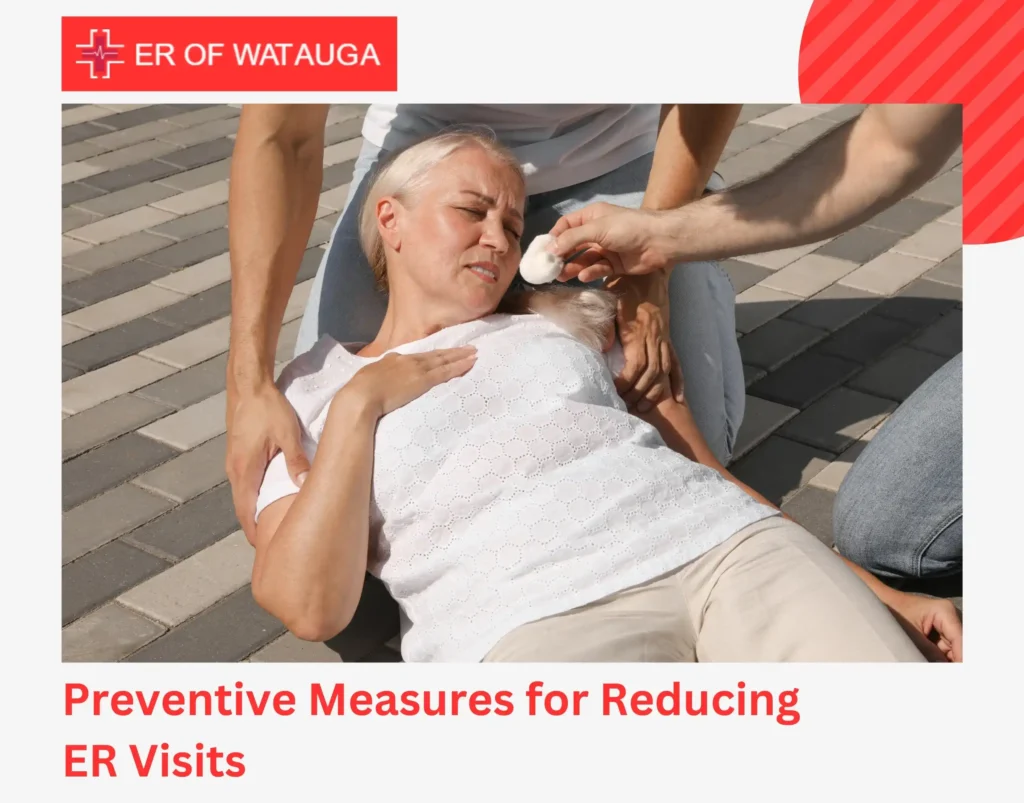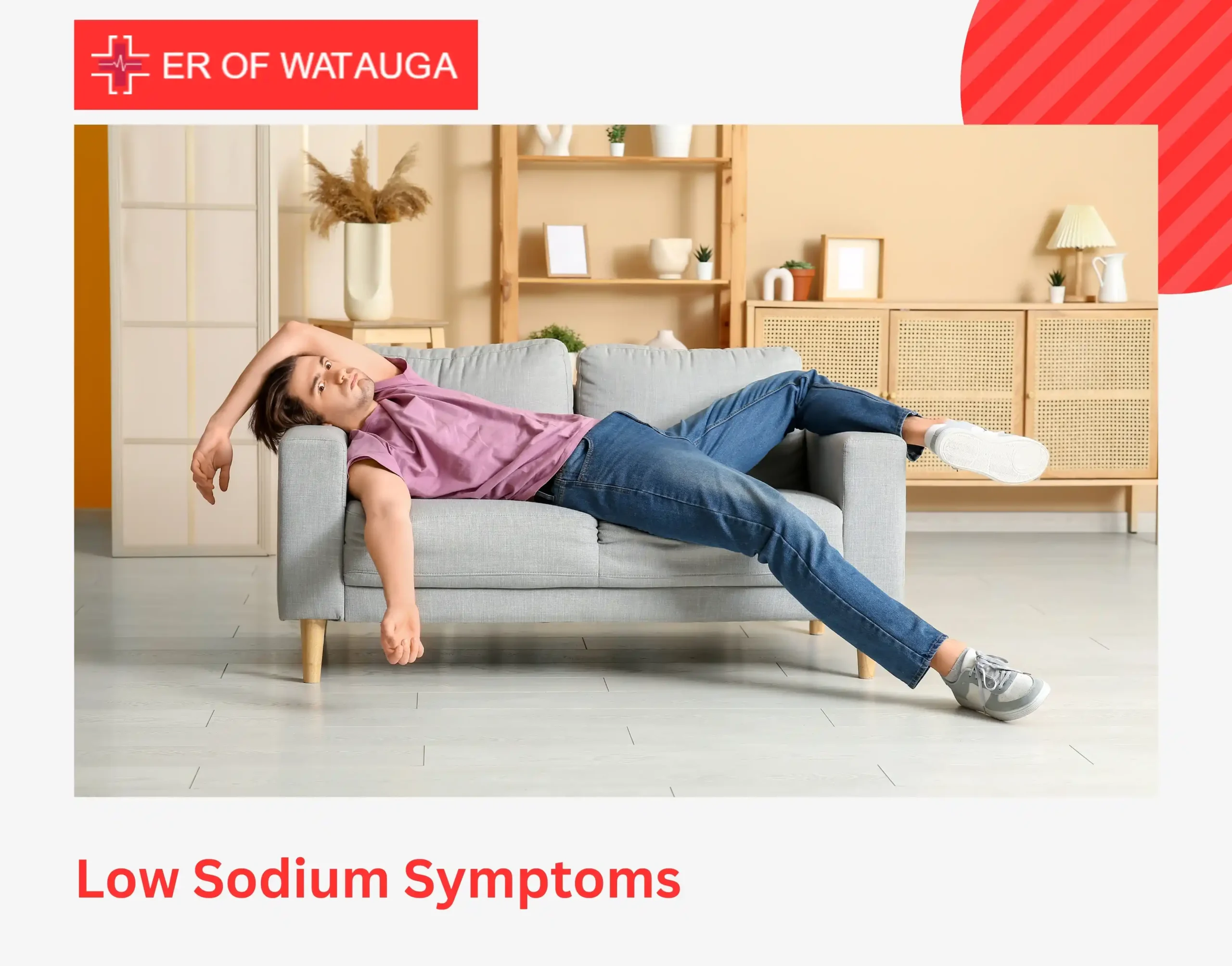Weather impact drives emergency room visits in predictable patterns. Each season brings its own wave of specific medical emergencies that we can track alongside weather forecasts.
Heat waves trigger dehydration and heat stroke. Cold snaps bring heart attacks and breathing problems. Even barometric pressure changes before storms cause migraines and joint pain that patients mistake for emergencies.
Our weather ER data shows these connections aren’t coincidental. By understanding these patterns, we help patients identify when symptoms truly warrant emergency care versus when home treatment makes more sense.
Extreme Heat and ER Visits
Hot weather significantly increases the risk of heat-related illnesses, leading to more emergency room visits. Vulnerable groups including the elderly, children, and individuals with chronic conditions face the highest risks during heatwaves.
- Heatstroke is a medical emergency marked by confusion, dizziness, and loss of consciousness. A day of extreme heat is linked to a 30% higher rate of ER visits for heat-related illnesses compared to the local median warm-season temperatures over five days.
- Dehydration occurs when prolonged exposure to high temperatures leads to excessive sweating and fluid loss, causing weakness and fainting.
- Cardiovascular issues arise as extreme heat puts extra strain on the heart, increasing the likelihood of heart attacks and strokes.
- Ear infections become more common, with ER visits increasing by 9% during extreme heat.
- Children older than four may face a greater risk of visiting the ER for heat-related illnesses after exposure to high temperatures. Older children and adolescents tend to spend more time outdoors with less adult supervision, leading to prolonged heat exposure and fewer protective measures such as seeking shade or staying hydrated.
Cold Weather and Health Risks
Low temperatures significantly increase emergency room visits, especially for hypothermia, frostbite, and breathing issues.
- Hypothermia occurs when extended exposure to cold brings down body temperature to dangerous levels, slowing bodily functions and affecting the nervous system. This can lead to confusion, disorientation, and, in extreme instances, unconsciousness or heart failure. Elderly individuals, young children, and those with poor circulation are more vulnerable.
- Frostbites take place when severe cold damages tissue, typically in the fingers, toes, ears, and nose. Extended exposure without proper protection can result in numbness, skin color changes, and, in serious cases, permanent tissue loss or amputation.
- Respiratory issues worsen in cold air as it dries out the airways and leads to inflammation. Individuals with asthma, bronchitis, or pneumonia may face heightened breathing difficulties, wheezing, or aggravated symptoms that need urgent medical attention. Cold weather can also compromise immune systems, making people more prone to respiratory infections.
- Taking measures such as wearing warm layers, limiting exposure, and using humidifiers indoors can aid in decreasing cold-related health threats.
Storms, Heavy Rainfall, and Flood-Related ER Visits
Extreme weather events, such as thunderstorms, hurricanes, and flooding, lead to injuries, infections, and mental health issues. Typical reasons for emergency room visits during and after storms include:
- Injuries from Falling Debris: High winds can cause branches and structures to fall, resulting in fractures and head traumas.
- Drowning and Waterborne Diseases: Floodwaters expose people to bacterial infections and toxic substances, increasing the risk of gastrointestinal problems and skin infections.
- Electrical Injuries: Lightning strikes and downed electrical lines can cause burns and other critical injuries needing urgent medical care.
Allergy and Respiratory Emergencies During Seasonal Changes
Shifts in weather patterns lead to a rise in allergies, asthma flare-ups, and other respiratory ailments. The transition from winter to spring, for instance, results in enhanced pollen counts, provoking severe allergic reactions and asthma attacks. Common emergency room cases linked to seasonal changes include:
- Severe Asthma Attacks: Increased airborne allergens, such as pollen and mold, can trigger difficulty breathing and wheezing.
- Sinus Infections: Fluctuations in humidity and temperature lead to sinus congestion, headaches, and infections requiring medical attention.
- COPD Flare-ups: Chronic obstructive pulmonary disease (COPD) symptoms worsen with cold and humid air, leading to hospital visits.
Preventive Measures for Reducing ER Visits
Staying Safe in Hot Weather
- Stay hydrated by drinking plenty of water, even if you don’t feel thirsty, to stay safe during outdoor activities. Avoid caffeine and alcohol, as they can contribute to fluid loss.
- Limit direct sun exposure during peak hours (10 a.m. to 4 p.m.), when UV rays and temperatures are highest. Seek shade or stay indoors in air-conditioned spaces to reduce heat-related risks.
- Wear lightweight, breathable clothing in light colors to help regulate body temperature. A wide-brimmed hat and UV-blocking sunglasses offer additional protection.
- Recognize early signs of heat exhaustion, such as dizziness, excessive sweating, or nausea. If symptoms progress to confusion or unconsciousness, seek medical help immediately to prevent heatstroke.
Cold Weather Precautions
- Dress in layers to trap body heat and keep extremities covered, as fingers, toes, ears, and the nose are most vulnerable to frostbite. Windproof and waterproof outerwear provide extra insulation.
- Limit outdoor exposure in freezing temperatures, especially during high winds, which can accelerate heat loss. Take breaks indoors to prevent prolonged cold stress.
- Use humidifiers indoors to combat dry air that can irritate the respiratory system, reducing the risk of flare-ups for asthma, bronchitis, or sinus issues.
- Watch for hypothermia symptoms like uncontrollable shivering, confusion, or slowed speech. In severe cases, hypothermia can lead to unconsciousness or heart failure, requiring immediate medical attention.
Preparing for Storms and Flooding
- Secure outdoor furniture, grills, and loose objects to prevent them from becoming dangerous projectiles in strong winds.
- Avoid walking or driving through floodwaters, as even a few inches can carry strong currents or hide debris, sinkholes, and downed power lines.
- Have a first-aid kit and emergency supplies, including flashlights, batteries, non-perishable food, and bottled water, to stay prepared for power outages or evacuations.
Managing Allergies and Respiratory Conditions
- Check pollen and air quality forecasts before going outside, as high pollen counts and pollution can worsen allergy and asthma symptoms.
- Keep windows closed to minimize allergen exposure indoors. Use air purifiers and regularly change HVAC filters to maintain clean indoor air quality.
- Follow prescribed medications, including antihistamines or inhalers, and have an action plan for severe reactions. Seek emergency care if symptoms escalate to breathing difficulties or anaphylaxis.
Key Takeaway
A sudden shift in weather might seem like a minor inconvenience, but when it triggers heat exhaustion, breathing difficulties, or storm-related injuries, it becomes a serious concern. Weather-related emergencies can escalate quickly, making immediate medical care crucial.
At the ER of Watauga, we’re open 24/7 to handle heatstroke, hypothermia, respiratory distress, and other weather-related health crises. Our team is equipped with advanced diagnostic tools and rapid treatment options to ensure you get the care you need during weather-related emergencies.
FAQs
How does air quality impact emergency visits?
Poor air quality, especially during wildfires or high pollution days, can worsen respiratory conditions like asthma and COPD. It also increases the risk of heart-related emergencies, leading to more ER visits.
What precautions can help prevent weather-related ER visits?
Staying hydrated in hot weather, dressing appropriately for cold temperatures, checking air quality reports, and avoiding unnecessary travel during storms can reduce the risk of weather-related health emergencies.








